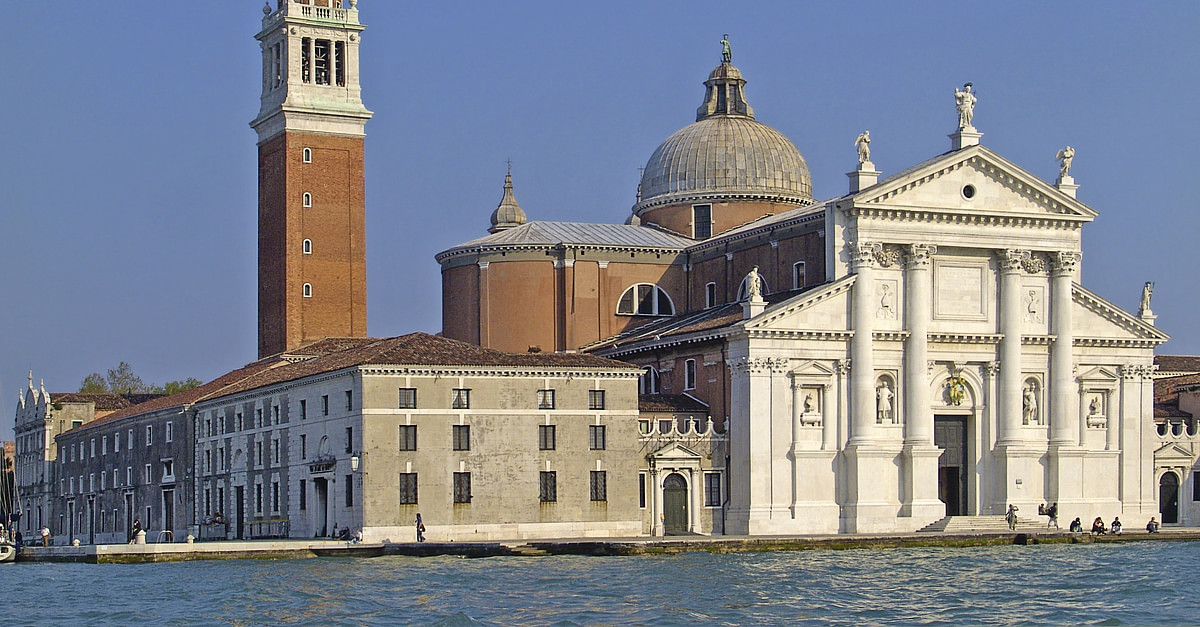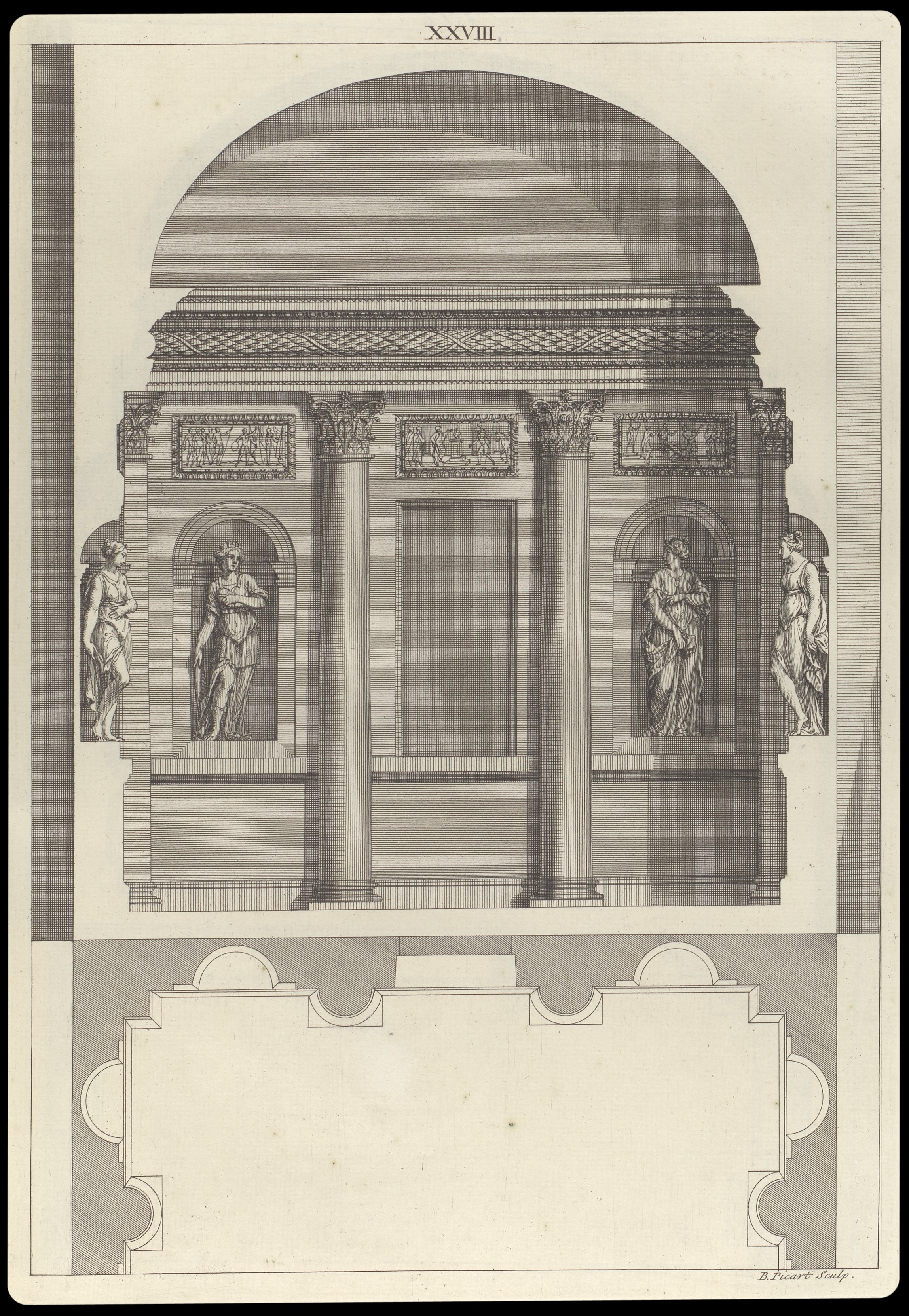
The Quattrocento period is also referred to as the Early Renaissance. Later dates are suggested for countries that adopted the style outside of Italy.ĭuring this period, new architectural concepts were formulated and the foundational rules were created. Historians now define the period of 1400 to 1525 to be the time frame wherein the characteristics of Renaissance architecture were most prominent in Italy. The Principal Phases of Italian Renaissance Architecture Although the period of artand sculpture is classified as the Early Renaissance, architecture was not part of this early change due to the economic situation in Italy. Renaissance buildings developed in style and technicality over time, and scholars have outlined three distinct phases in the development of Italian Renaissance buildings.

6.2 Why Did Italy Become Such an Important Region for Architecture?.6.1 Are There Any Examples of Renaissance Influence in the Colonial Americas?.5 The Spread of Renaissance Architecture Across Europe.4.8 Antonio da Sangallo the Younger (1484 – 1546).4 Famous Renaissance Architects and Their Renaissance Buildings.3 Characteristics of Italian Renaissance Architecture.2.3 The Movement of the Renaissance Through Italy.2.2 The Rise of the Theory of Renaissance Architecture.2 A Brief History of Renaissance Architecture.1.1 The Principal Phases of Italian Renaissance Architecture.1 The Periods of Renaissance Architecture.Have your say on this or other Blueprint stories-leave a comment below or email us. Not bad for a man with little future and no surname. Like Vitruvius, Palladio conveyed his ideas in his Four Books which are still studied by architects. Even the 20th century work of Post-Modernist architects like Robert Venturi shows a direct link to Palladio.

Those that followed stole his ideas and created something new, too, such as the 17th century Banqueting House in London and the Classical mansions of 18th and 19th century Britain. Palladio stole the basics of the Classical era and turned them into something essentially modern. As Picasso said, good artists copy, great artists steal. Great architecture always influences others. This led to some of his finest work in the churches of Venice, San Giorgio Maggiore and Il Redentore among them. Today you can barely move without bumping into one of his buildings, from the graceful arches of the central Basilica to the stunning Villa Rotonda set on a hill at its entrance, each of its four sides identical. Gradually he transformed Vicenza from a humdrum backwater into a small city of exceptional grace. Thanks to Trissino, he was commissioned by wealthy families to build villas throughout the region. It was unlike anything anyone had done before. And you sense his pleasure in the siting of his buildings, the way views are embraced with arcades or steps. You're aware of the structure of the building and window placement tells you the kind of room within. The cube was often his starting point, usually with a temple front grafted on.

Palladio's buildings aren't Roman copies but he took the Roman's use of proportion and played with it, changing the volumes within rooms to create a sense of drama. He suggested that he use the name Palladio, from the Latin palladius which refers to wisdom, and took him to see the great buildings of ancient Rome. On a building site he met mentor number 2 - Count Giangiorgio Trissino, a nobleman with a taste for fine architecture, who took young Andrea under his wing. There, his boss fed his curiosity in building techniques by giving him books to read, including the 'Ten Books of Architecture ', written by the Roman architect Vitruvius which had been recently translated from Latin in 1521. He became a stone mason and worked at the best yard in Vicenza. He was born into a humble family in Padua in 1508, so low-caste that they didn't even have a proper surname. Palladio is quite simply the most influential architect of all time. Thanks to him we have the classic facades of English stately homes and even the shape of the Rolls Royce radiator. The next time you pass a building with a grand columned entrance spare a thought for Andrea Palladio because he's the man who brought the portico back into fashion.


 0 kommentar(er)
0 kommentar(er)
